New Jersey: Builders Must Now Consider Climate Risks


New Jersey Governor Phil Murphy recently revealed how the state will reach its climate goals. The state with a 130-mile coastline (which includes Cape May, shown above) now has one of the most ambitious climate change mitigation plans. It is the first state that incorporates climate considerations into permitting decisions, which means builders have to consider climate change impacts.
The launch of the latest Energy Master Plan
The state’s goals are to reach 100 percent clean energy by 2050 and to reduce GHG emissions by 80 percent below 2006 levels by the same year. The Energy Master Plan is the way that the state plans to meet its goals and it covers electricity generation, transportation, and buildings. It defines 100 percent clean energy as 100 percent carbon-neutral electricity.
The strategies within the Energy Master Plan include reducing energy use and emissions from the transportation sector. This means encouraging electric vehicle adoption and electrifying transportation systems. Other strategies include accelerating the deployment of renewable energy and distributed energy resources by developing offshore wind, community solar, a successor solar incentive program, solar thermal, and energy storage.
Governor Murphy also signed an executive order which directs the Department of Environmental Protection (DEP) to adopt regulatory reforms to reduce greenhouse gas emissions and adapt to climate change within two years. The executive order establishes a GHG monitoring and reporting program to identify significant sources of emissions, including short-lived climate pollutants. The program will monitor the progress of reducing emissions.
“In the absence of climate change leadership in Washington, these reforms will help propel New Jersey to 100 percent clean energy by 2050,” said Governor Murphy in a statement. “Through these aggressive actions, New Jersey will drive a world-leading innovation economy that invests in people and communities, ensures environmental justice for all residents, creates good-paying jobs, protects diverse vulnerable ecosystems, improves public health, and leads the way in the global clean-energy transition.”
Despite widespread support, some note the lack of a moratorium on new fossil fuel projects
Governor Murphy’s reforms are resonating across the Garden State, including a group of 14 public interest and business groups who together expressed their support. One of the supporters includes Tom Gilbert, the campaign director for New Jersey Conservation Foundation and ReThink Energy NJ. “This is exactly the type of bold leadership needed to address the climate crisis. Gov. Murphy’s actions today put New Jersey at the forefront of efforts to reduce greenhouse gas emissions and build a healthier, more prosperous, clean energy future,” he said.
Despite this widespread support, some think the new reforms do not go far enough to reduce emissions. One reason is that the Energy Master Plan does not establish a moratorium on new fossil fuel projects. To date, there are 15 proposed fossil fuel projects in New Jersey. The plan also includes energy sources such as incinerators, carbon sequestration for fossil fuels, biogas, biomass, and nuclear power, which the Sierra Club describes as “dirty, dangerous, and costly sources of energy.”
As of summer 2019, 12 new gas-based projects were being planned and developed. If all 12 projects are in operation, carbon dioxide equivalent (CO2e) GHG emissions would increase by 32 million metric tons a year, according to a report by Empower New Jersey. The state’s total GHG CO2s emissions from all sources were 101 million metric tons in 2015. The new projects would increase total GHG emissions by 30 percent.
New Jersey is at the frontline of climate change
The climate of New Jersey is changing, as the U.S. Environmental Protection Agency stated in 2016. Sea level is rising faster along the famed New Jersey shore than the global average due to sinking. As sea level rises the damage from storms will increase. Sea level rise is not the only climate change impact the state is facing. The States At Risk project ranks New Jersey the sixth-fastest warming state and its average temperature has risen by nearly two degrees Celsius since 1895, which is double the average for the 48 contiguous states, according to a report by the Washington Post.
Image credit: Ryan Stone/Unsplash
Climate Change: Should Central Banks Join The Battle?
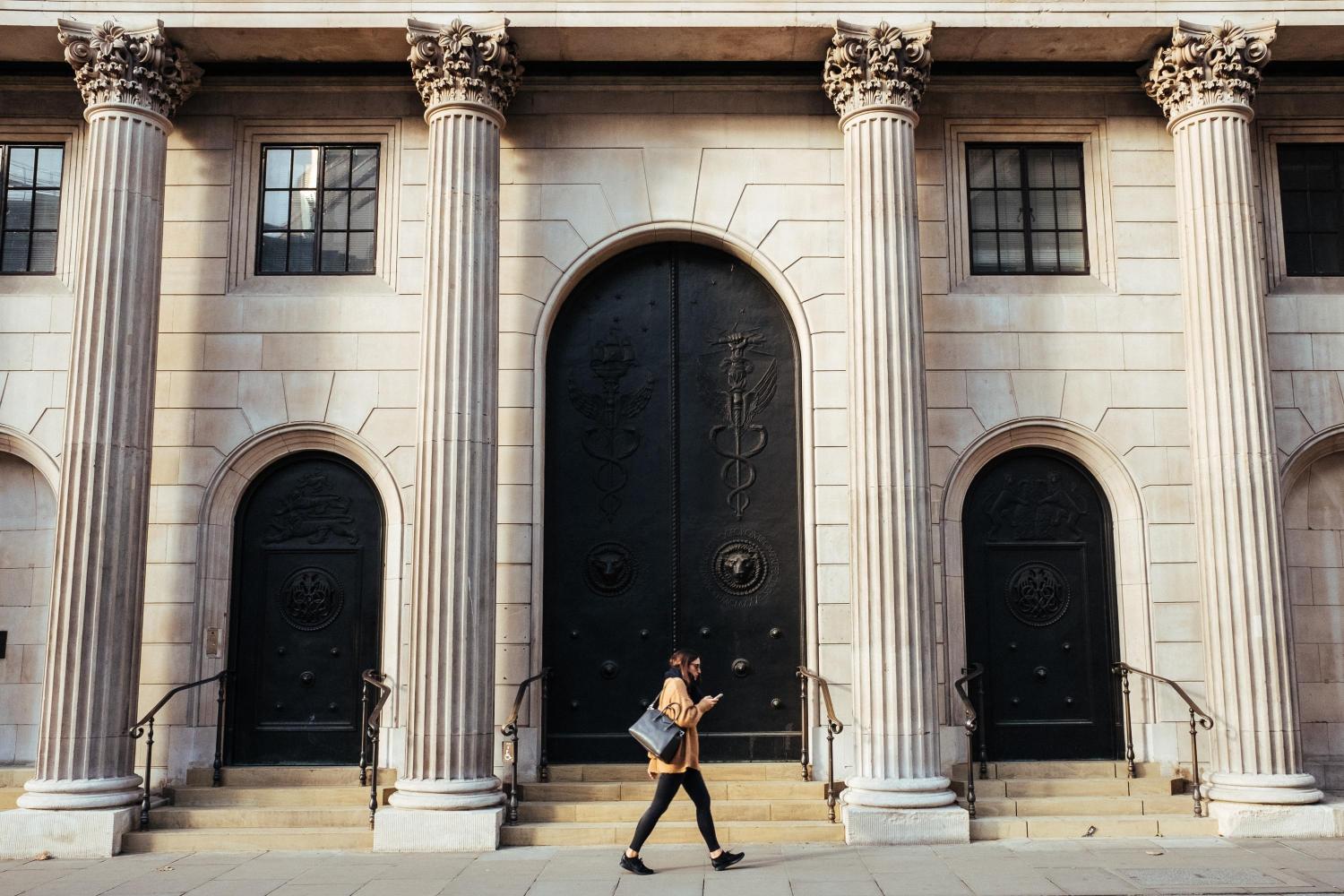
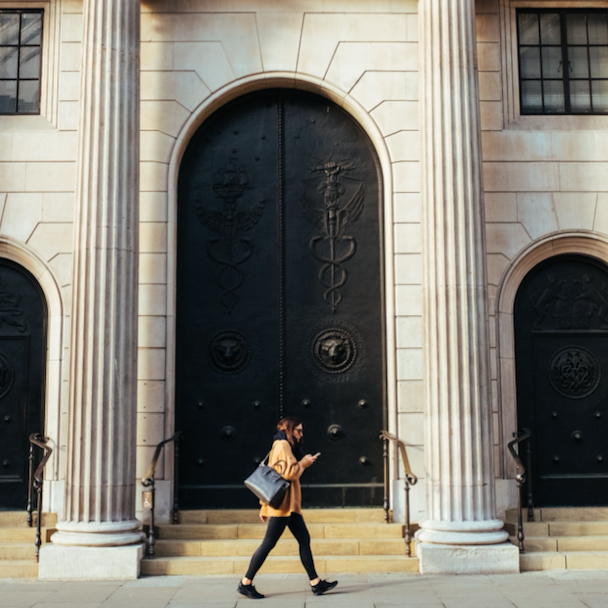
Central banks (national banks that provide financial services for their countries’ governments and commercial banking systems, implement monetary policies, and issue currency) now find themselves debating the ramifications of taking on bold climate action policies. And perhaps not before time given their pivotal role in managing money supply and interest rates of countries. But can they help the world prevent climate change?
A new report published by the Basel-based Bank for International Settlement (BIS) last week concluded that central banks cannot and instead urged “global coordination” initiatives spanning government policy to financial regulation to address matters. One of the key authors to the report, Luiz Awazu Pereira Da Silva, said: “There is no silver bullet.”
In Europe, central banks edge toward taking action on climate change
The European Central Bank (ECB) last November announced its goal of working towards an enhanced stress test, one which incorporates climate-related risks. Since then there have been increasingly frequent headlines linking climate change to central banks.
Against that backdrop and with the Bank of England’s (BoE) governor Mark Carney preparing for his new role as U.N. Special Envoy for Climate Action and Finance at the end of this month, the announcement late last year from the ECB highlights a ground-breaking new stress testing regime - one that tests the abilities of banks and insurers abilities to cope with three scenarios.
These options include:
- An easy and swift transition to a carbon-neutral economy.
- Late climate policy action, i.e., a delayed transition to meeting global climate targets.
- No new policies are implemented at all, and global temperatures increase above the cap set by global climate change targets.
“While this is merely a stress test that forces banks to consider climate change in their risk management strategies, it could however, push them away from polluting investments,” said Ahmed Babikir, an associate with JCRA, an independent financial risk advisory specializing in hedging and debt advice and part of Chatham Financial.
He added: “The BoE is currently consulting on the design of the stress tests and the first results will be published in the first half of 2021. In the U.S. the Federal Reserve has been reluctant to comment on climate change, being regularly lambasted by Trump for its monetary policies, commenting on climate change could add fuel to the fire.”
It might be hard to see at first glance, why central banks are concerned about the global temperature rise. But soundings are being made.
The canary in the central bank coal mine
Last week’s 115-page ‘Green Swan’ report from BIS, which is often described as a central bank for central banks, explained why, according to JCRA’s Babikir.
The lengthy report argues that climate change could trigger the world’s next global financial crisis through a fire-sale that may occur if fossil fuel reserves cannot be monetized, turning many assets into “stranded assets.” This then could trigger a global financial crisis.
The BIS report stated: “Climate change poses new challenges to central banks, regulators and supervisors. Integrating climate-related risk analysis into financial stability monitoring is particularly challenging because of the radical uncertainty associated with a physical, social and economic phenomenon that is constantly changing and involves complex dynamics and chain reactions.”
It added: “Traditional backward-looking risk assessments and existing climate-economic models cannot anticipate accurately enough the form that climate-related risks will take.”
And, when comparing sub-prime mortgages with highly polluting “stranded assets” there are similarities with the 2008 crisis, pointed out
Babikir, a pricing and structuring specialist within JRCA’s project finance and infrastructure team.
Green quantitative easing
As well as prudential supervision of authorized deposit-taking institutions (ADIs) that aims to protect depositors by ensuring that financial institutions adopt prudent risk management, central banks have powerful tools at their disposal to help fight climate change.
“Green quantitative easing” is a term that has been used by many to describe central banks’ increase of green bond purchases. However, this is easier said than done. At the end of 2018, the ECB held around 24 percent of eligible green public sector bonds and 20 percent of eligible green corporate bonds.
“Skewing any asset purchase program towards green assets risks central banks swallowing the market for green bonds and causing a ‘green bubble’. Selling carbon-intensive assets is also an option,” ventured Babikir.
Sweden’s central bank, the Riksbank, recently announced that it was selling bonds for climate reasons and had dumped debt issued by Alberta, Canada and Queensland, Australia due to their “large carbon footprint.”
For central banks, there’s the horse-before-the-cart conundrum
Yet only a few days before the BoE announced what has been described as its revolutionary climate change-based stress test, there was a breakdown in talks between governments at the U.N. Climate Talks (COP25).
These discussions were meant to define the rules for a new global carbon trading market, which are critical to achieve the Paris Agreement goals.
“Without governments and politicians playing a leading role in tackling climate change, any input from central banks will be of little or no value,” Babikir contended.
Many central bankers such as Bundesbank President Jens Weidmann and chairman of the BIS’ board have criticized the demands for central banks to fight climate change, having stated that: “Politicians with democratic legitimacy must decide how society should combat climate change and they must also bear the responsibility.”
Whether tackling climate change is “within the remit” of central banks or not and particularly as in most developed nations they are institutionally independent from political interference, climate change clearly presents a challenge for the financial sector.
Whatever else and as Babikir pointed out: “Central banks need to ensure readiness for a time when extreme weather and radical climate change policies could severely impact the global economy.”
Pereira Da Silva, speaking to journalists recently as the Green Swan report was published, said that we “might be on the brink of observing something that might be behind the next systemic financial crisis.” And, were more extreme climate scenarios to come to the fore, central banks might be asked to step into the breach as “climate rescuer of last resort.”
Image credit: Robert Bye/Unsplash
Everything You Need to Know About Sustainability at Super Bowl LIV
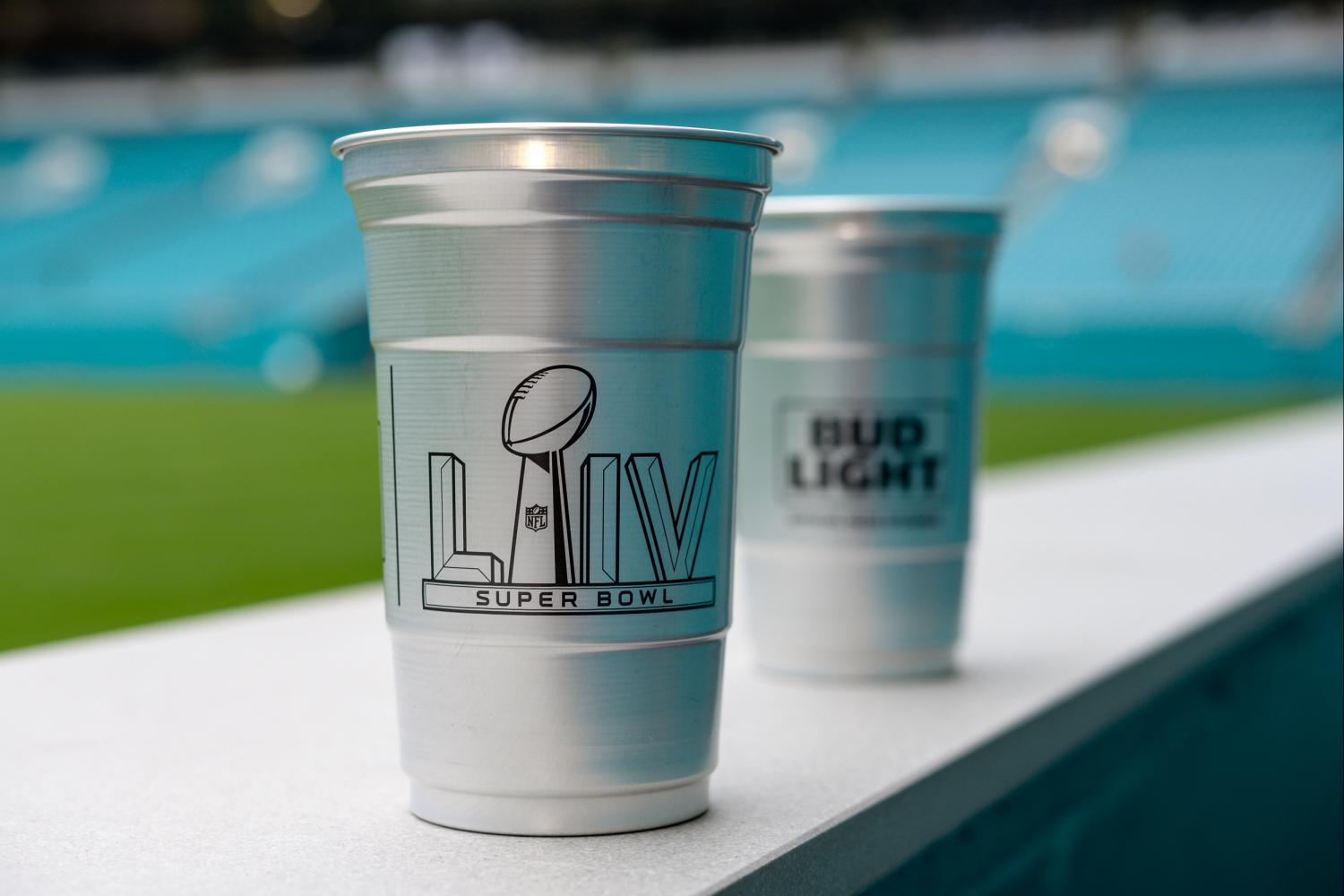
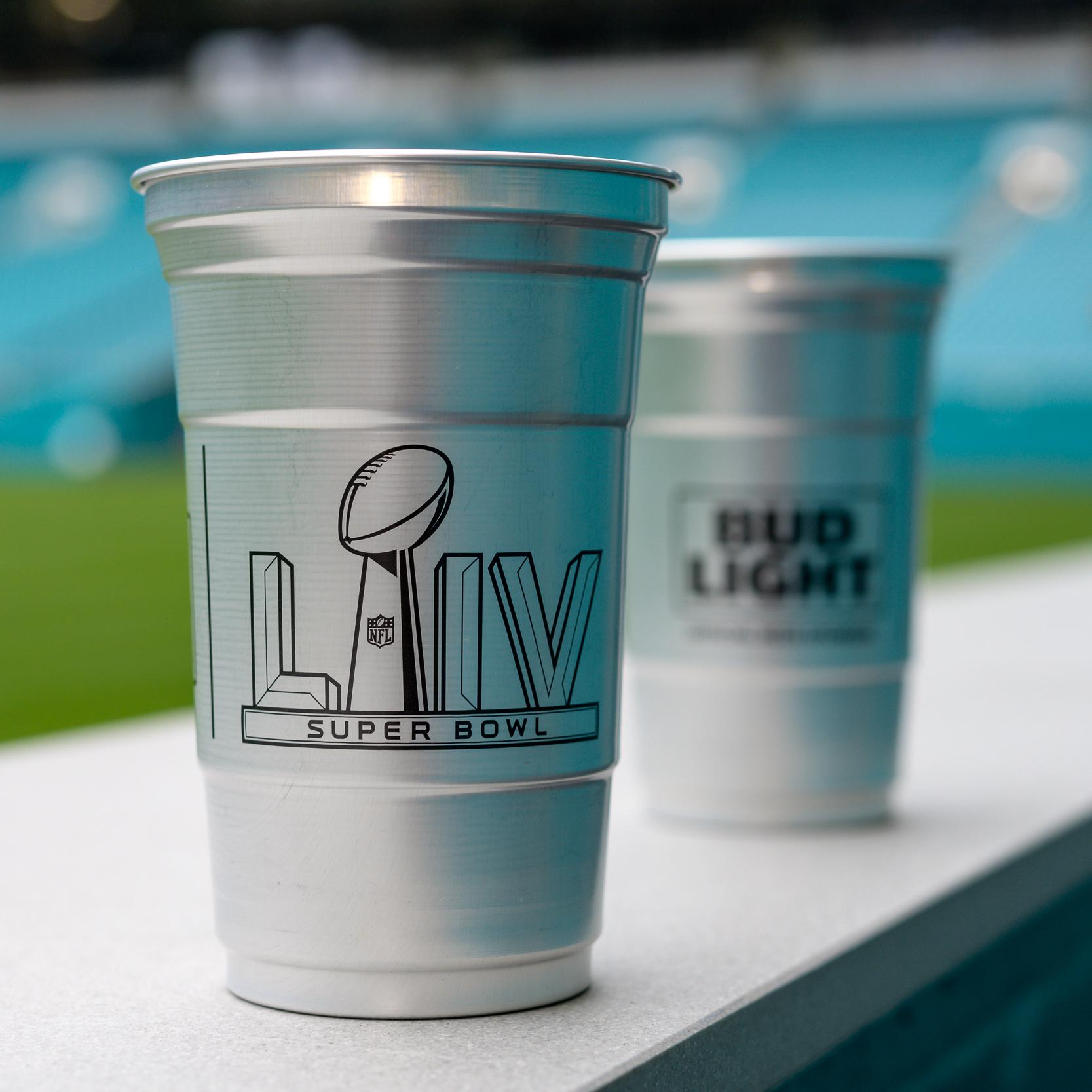
The San Francisco 49ers take on the Kansas City Chiefs on Sunday. While you count down the hours before kickoff, take a few minutes to catch up on all things sustainability at Super Bowl LIV.
Miami, the host city of Super Bowl LIV, is at the forefront of major environmental challenges including sea-level rise, ocean pollution and loss of biodiversity.
So, naturally, sustainability is an underlying thread in the side events leading up to the Big Game. While you count down the hours before kickoff, take a few minutes to catch up on all things sustainability at Super Bowl LIV.
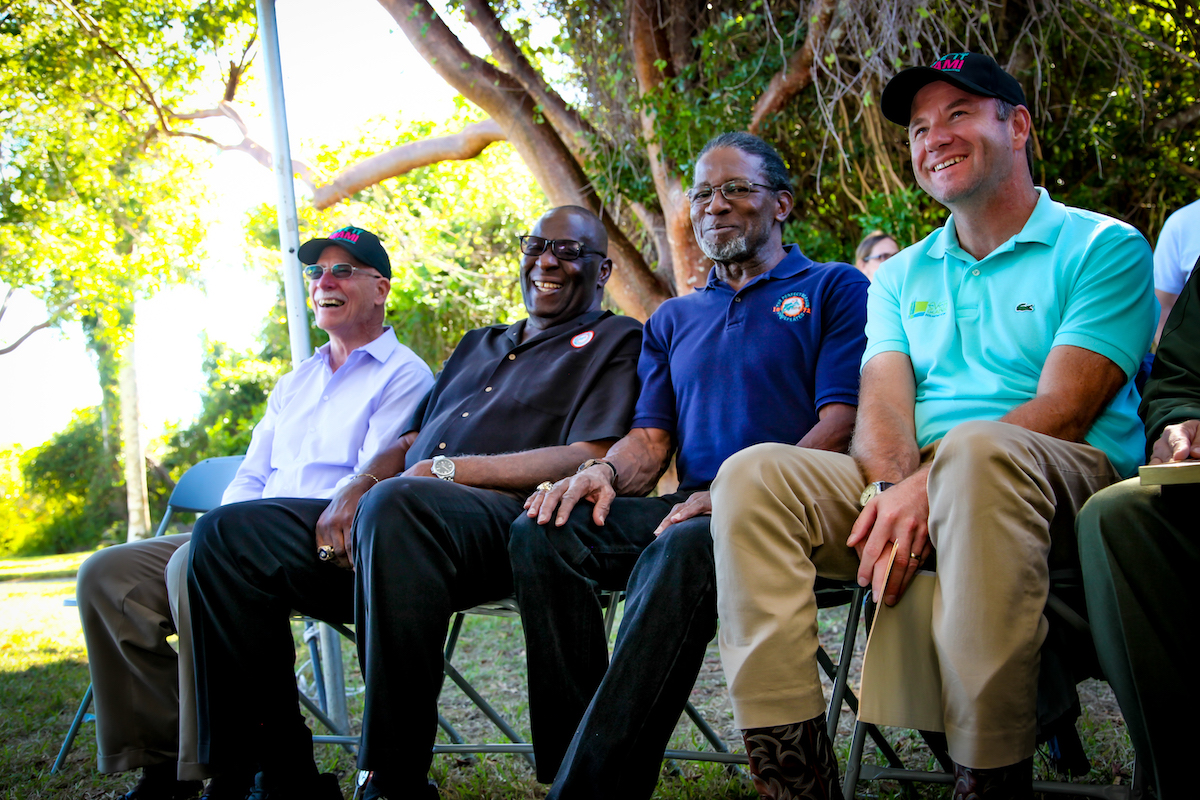
(Image: O2E partners celebrated the 72nd anniversary of Everglades National Park with members of the 1972 Perfect Season Miami Dolphins team. From left to right, former safety Dick Anderson, former offensive guard Larry Little and former running back Mercury Morris sit alongside Everglades Foundation CEO Eric Eikenberg.)
Signature O2E initiative shines the spotlight on Miami's coastal ecosystems leading up to Super Bowl LIV
Greater Miami is flanked by the Atlantic Ocean and the Florida Everglades, two valuable ecosystems that are increasingly under threat.
To draw attention to the beauty of South Florida's outdoor spaces and the need to preserve them, the Miami Super Bowl Host Committee partnered with the Ocean Conservancy, the Everglades Foundation and NFL Green to launch its signature environmental initiative: Ocean to Everglades (O2E).
O2E-focused events kicked off on Earth Day last year and continued in the months since, with a focus on environmental education, volunteering and outdoor experiences.
Coral restoration leaves a legacy for the NFL's 100th season
Super Bowl LIV marks the end of the NFL's 100th season. To celebrate, O2E partners out-planted 100 staghorn corals off the coast of Key Biscayne.
Once found plentifully in the waters off South Florida and the Florida Keys, staghorn corals provide habitat for organisms that allow reef systems to thrive. But they're under increasing threat due to factors like climate change, overfishing and pollution.
O2E collaborated with Force Blue, a reef conservation nonprofit founded and staffed by military veterans who served in special operations forces such as the Navy SEALS. Force Blue divers worked with scientists from the University of Miami to complete the project over two days in June, bringing the NFL's longtime support for service members and their families together with its growing environmental focus.
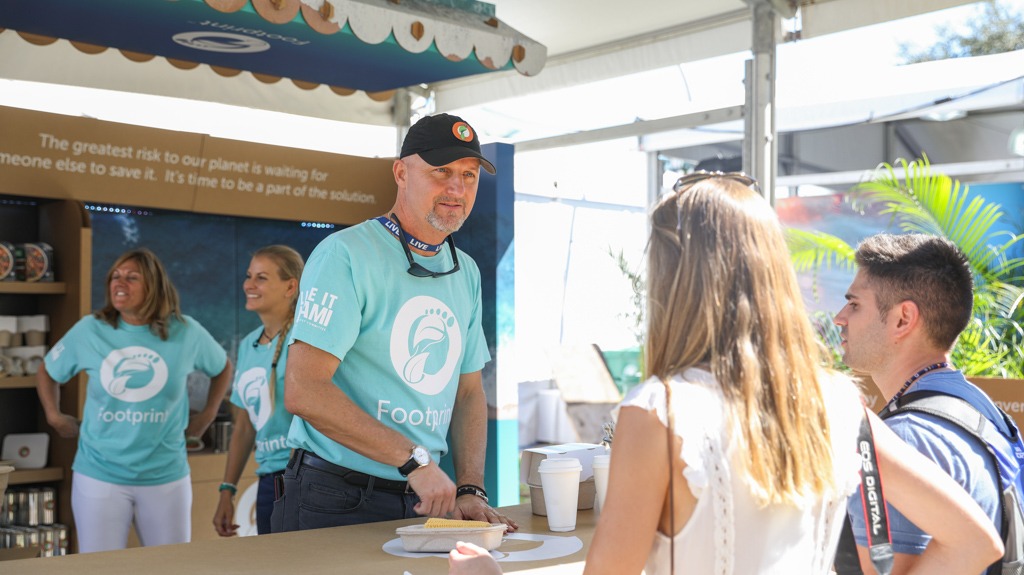
(Image: Sustainable packaging company Footprint is one of several organizations featured in the Environmental Village at Super Bowl Live.)
Environmental Village is a first for Super Bowl Live
Super Bowl Live kicked off on Saturday at Bayfront Park in Downtown Miami. The weeklong fan festival is free and open to the public—and this year, it includes a dedicated Environmental Village for the first time in NFL history.
The experiential space brings the Host Committee's environmental partners together with the more than 500,000 attendees expected to pass through Super Bowl Live. O2E-focused activations invite fans to learn more about the state of South Florida's ecosystems and interact with nonprofit partners like the Ocean Conservancy and the Everglades Foundation.
Attendees can also browse sustainable products from bio-based packaging brand Footprint, sustainability-focused travel operator MSC Cruises, and renowned marine wildlife artist Guy Harvey. Local environmental groups including the Florida Fish and Wildlife Conservation Commission, South Florida Water Management District, and Florida Department of Environmental Protection will be on hand as well.
Food and material recovery ensure nothing goes to waste
The NFL partnered with Second Harvest Food Bank and Disney Harvest to cut down on food waste at Super Bowl LIV events like the Pro Bowl and Super Bowl Live. Unserved prepared food will be distributed to local shelters and community kitchens in Orlando, according to NFL Green. Leftover decorative material, office supplies and other reusable items will also be donated thanks to a partnership with the Salvation Army. And, of course, recycling bins will be available at all facilities, courtesy of PepsiCo.
(Image: Aluminum cups provided by Ball Corp. will replace single-use plastic at Hard Rock Stadium during Super Bowl LIV.)
Venues ditch single-use plastic in favor of more sustainable alternatives
In November, Hard Rock Stadium, home of the Miami Dolphins and the host venue for Super Bowl LIV, pledged to phase out 99.4 percent of single-use plastics by the end of this year. Novelties like football-shaped ice cream cups will soon be the only plastic items served in the stadium, as it finds alternative materials for single-use standbys like cups, bottles, food wraps and cutlery.
The move will eliminate more than 2.8 million plastic items annually—and it extends to the Big Game. Case in point: All those celebratory beer rounds will come in aluminum cups rather than plastic. Hard Rock's concessions partner Centerplate and longtime NFL sponsor Bug Light teamed up with Ball Corp. to produce the cups for Super Bowl LIV. Hard Rock Stadium will continue using them for all 2020 games and events.
Community engagement efforts get locals involved
“Super Bowl LIV provides a platform and an opportunity to connect and engage our community and all sports fans around a critical global priority — the preservation of our environment,” Rodney Barreto, chairman of the Miami Super Bowl Host Committee, said in a 2019 statement announcing the O2E initiative.
Over the past year, environmental events tied to the Super Bowl have engaged both South Florida locals and volunteers from corporate partners like Verizon and Anheuser-Busch. From urban garden planting to beach cleanups, the events primarily focused on experiences that educate locals about their surrounding environment and get them involved in preserving it, culminating in NFL Green Week earlier this month.
Image credits: Matthew Noel, The Everglades Foundation, Footprint, Ball Corp.
The British Medical Journal Joins the Fossil Fuel Divestment Movement
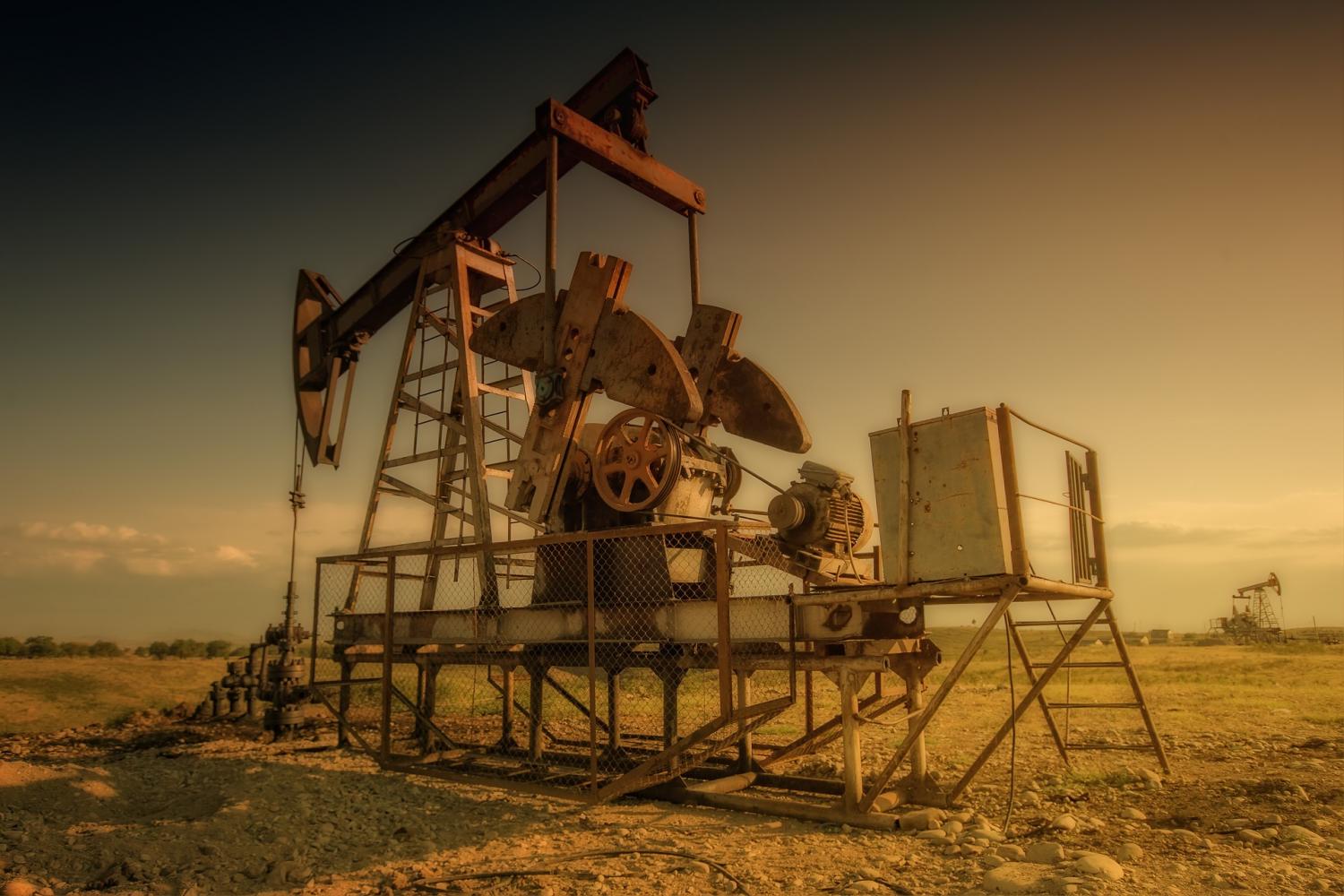
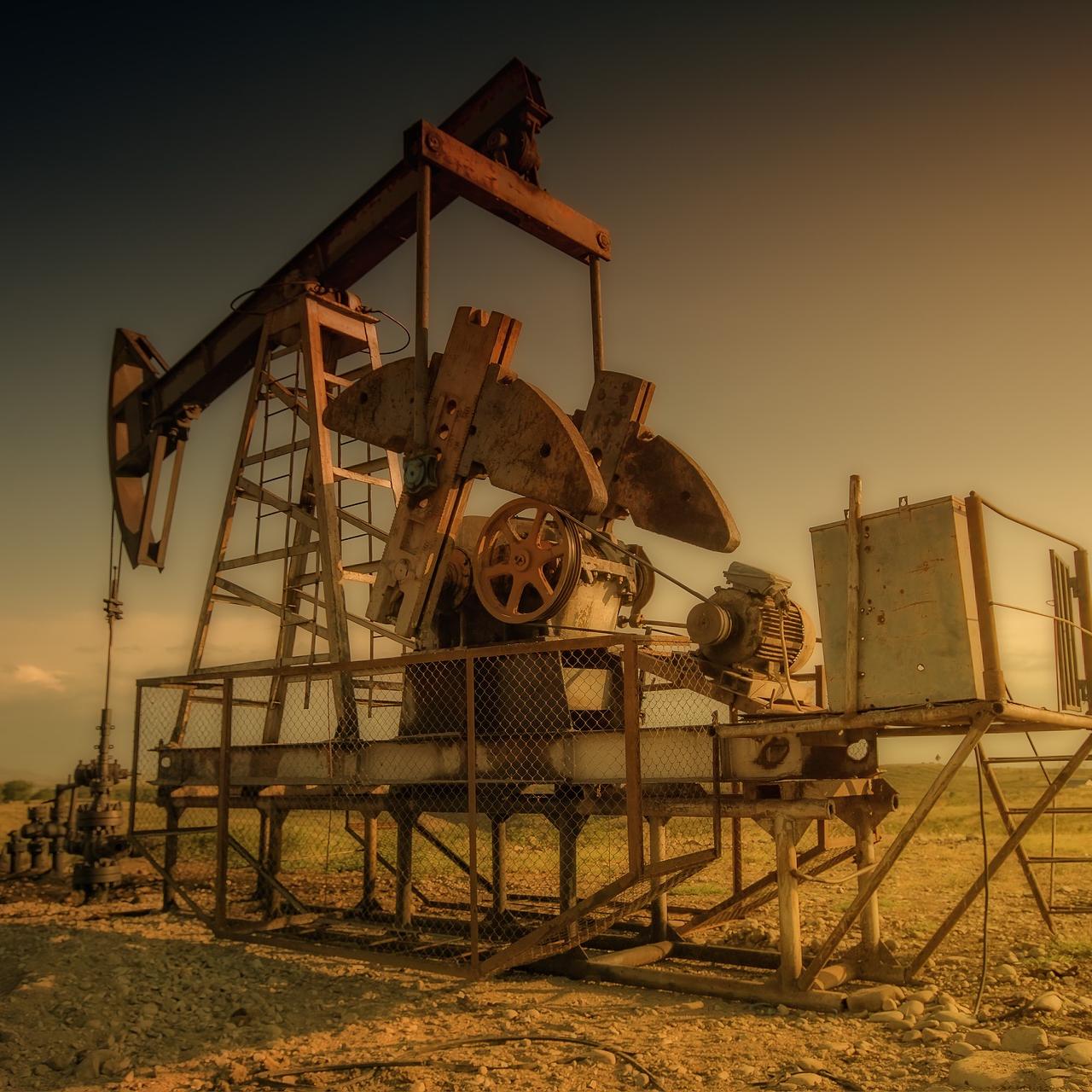
The British Medical Journal (The BMJ) recently announced a fossil fuel divestment campaign in an editorial that urged health professionals and medical organizations to do their part to push for a low-carbon economy worldwide.
“Health professionals and medical organizations should not accept the world as it is. This is not a matter of playing party politics or anticorporate posturing. Taking action is a duty to the people we serve and to future generations,” executive editor Kamran Abbasi and editor in chief Fiona Godlee stated.
Abbasi and Godlee explained that The BMJ will now decline any advertising or research provided by companies that produce fossil fuels. They acknowledged that their parent organization, the British Medical Association, does not have direct holdings in fossil fuel companies. The journal’s campaign is directed to health professionals and medical organizations, and one aim of the campaign is to get health professionals and medical organizations to divest from fossil fuels. To that end, they urged medical organizations and health professionals to sign an online declaration of their intent to divest from fossil fuels.
The growing fossil fuel divestment movement
Presently, at least 1,180 institutions have divested almost $14 trillion from fossil fuels. It is a movement that is growing rapidly. 350.org noted in September that it took two years to shift the first $2 trillion but only took just under six months to shift $2 trillion in 2019.
In the last few months of 2019, several big financial institutions announced fossil fuel divestment. The most recent announcement came from BlackRock, the world’s biggest asset manager. In a letter to clients, BlackRock stated that it will remove from its discretionary active investment by the middle of 2020 the public securities of companies that generate over 25 of their revenues from thermal coal production. The company also announced it will not make “future direct investments” in companies that derive over 25 percent of their revenues from thermal coal production.
Goldman Sachs announced in December 2019 it will stop direct financing for new or expanding thermal coal mines and coal-fired power plant projects globally and will stop direct financing for new Arctic oil exploration and production. It is the first major U.S. bank to put such restrictions on financing for the oil and gas sector.
The European Investment Bank (EIB) announced in November 2019 that it will end financing for fossil fuel energy projects starting from the end of 2021. In addition to fossil fuel divestment, the EIB will accelerate its financing for clean energy innovation, energy efficiency, and renewable energy. The EIB Group financing will unlock a total of $1 trillion for climate action and environmentally sustainable investment for the next decade.
Does divestment reduce greenhouse gas emissions?
Not everyone is convinced that fossil fuel divestment reduces greenhouse gas emissions. A paper by the Environmental Change Institute and the University of Oxford points out that while divestment campaigns bring more awareness they “may not stop climate change” because divestiture itself “does not address fossil fuel demand.” Divestment needs to be “coupled with investment in clean energy solutions to replace fossil fuels,” according to the paper’s writers.
Bill Gates thinks that calling for fossil fuel divestment is a waste of time. “Divestment, to date, probably has reduced about zero tonnes of emissions,” he told the Financial Times. “It’s not like you’ve capital-starved [the] people making steel and gasoline.”
Gates thinks that funding innovation is a better way to reduce emissions. “When I’m taking billions of dollars and creating breakthrough energy ventures and funding only companies who, if they’re successful, reduce greenhouse gases by 0.5 percent, then I actually do see a cause and effect type thing,” he said.
Stefan Andreasson, a senior lecturer in comparative politics at Queen’s University Belfast wrote a piece for The Conversation, arguing that “divestment will not lower demand for fossil fuels” and “may even cause emissions to rise.” He reasons that divestment works for coal because it is in decline, but oil is used for many more processes than energy and is used to manufacture some products such as plastic.
The demand for oil will only increase, Andreasson believes, so what divestment will do is drive investment from international oil companies (IOCs), which are private corporations based in Western nations, to national oil companies (NOCs), which are state-owned and less transparent. “IOCs are also generally better placed and more willing than are NOCs to reduce the carbon intensity of their products and support the transition to renewable energy,” he wrote.
Image credit: Johannes Plenio/Pixabay
How One NGO Helps Farmers Use Mobile Phones to Invest in a Better Harvest


In Sub-Saharan Africa and Asia, smallholder farmers manage 80 percent of farmland and provide up to 80 percent of the food supply. According to the Food and Agriculture Organization (FAO) of the United Nations, about two-thirds of the developing world’s three billion rural people live in small farm households and work on land plots smaller than five acres. Family members provide most of the labor on smallholder farms. Many smallholder farmers are living in extreme poverty, which is defined as living on less than US$1.90 dollars per day. “We see investing in smallholder agriculture as the most effective and sustainable way to promote food security while also alleviating poverty – these investments not only increase food production and decrease hunger, but they also improve the livelihoods of poor farmers and strengthen rural economies,” said Erin Connor, Critical Human Needs Portfolio Manager for Cisco Corporate Affairs and the Cisco Foundation.
Marème Sakho is a smallholder farmer in Keur Serigne Babou, Senegal. She occasionally purchased fertilizer from her local market, but she never saw any changes in the results of her harvest. Due to her low yields, she was unable to gain the necessary amount of cash to buy fertilizer in time for planting season. Marème first heard about myAgro from a friend who lives in another village. A nonprofit partner with Cisco, myAgro provides a layaway-based savings program to smallholder farmers in Sub-Saharan Africa. This savings program can be done entirely through their mobile phones.
A big part of the problem for smallholder farmers is that their cash flow is unpredictable. They get paid at harvest but often run out of money by the time they need to buy seeds and fertilizer for the next season. Only 7% of smallholder farmers have access to financing through traditional banks and microfinance. Most loans need to be repaid in regular installments, which is difficult for smallholder farmers, given their infrequent and unpredictable income. Finding ways to help smallholder farmers invest in themselves is one of the best ways to alleviate poverty. According to the FAO, investing in the agricultural sector is up to 3.2 times more effective at reducing poverty in low-income and resource-rich countries than any other industry. Another important aspect is to look at the way we invest. Erin shares why alternative investment options for smallholder farmers are so crucial:
“The financial institutions that are reaching rural farming communities focus primarily on the provision of the loans, which can put the financial institutions and smallholders at risk. What is unique about myAgro is that they have designed a financial product and services around the realities and needs of the farmer. Their mobile layaway program provides farmers an easy and convenient way to save incrementally, while also providing them technical assistance and support to ensure that they maximize their productivity and boost their income.”
This system puts the farmers in charge, offering them a layaway plan managed through their mobile phone. Instead of receiving a loan to purchase $100 for seeds and fertilizer, farmers can purchase a myAgro card and save smaller amounts over time to fund next season’s seeds. This ensures that farmers have the funds to make their seed and fertilizer purchases when it’s time to plant. Anushka Ratnayake, Founder, and CEO of myAgro explains:
“myAgro has pioneered an alternative savings system that matches how farmers already manage their money. Using a prepaid scratch card model, similar to buying prepaid mobile minutes, farmers can pay in advance for fertilizer, seed, and agricultural training packages. At myAgro, we are not asking farmers to change their behavior to match an outdated financial system, we’re changing the system to match them.”
Smallholder farmers don’t produce as much when they can’t make that initial investment to plant more. That is why giving them the ability to save money to buy seeds and fertilizer for the future will provide them with a chance at a bigger harvest. The bigger the crop, the more revenue they can bring in.
Marème decided to enroll for a package of peanut fertilizer. She made payments toward the purchase through myAgro’s mobile layaway program and myAgro delivered the fertilizer just before planting. Marème had an excellent peanut harvest and credited the fertilizer and agriculture training she received from myAgro for her success:
“I harvested five sacks of peanuts on a quarter-acre of a field, and that’s not even counting all the peanut leaves I had to feed my animals. When I first harvested, the pile of leaves at my house was so high that people from around the village came to look. On a field planted without myAgro, I would usually get only one and a half sacks of peanuts on a quarter-acre of a field.”
Marème’s harvest production increased threefold. She was especially happy with the additional peanut leaves she was able to harvest to feed her animals. Almost a year after harvesting, she is still using the leaves to feed her two sheep, two horses, and a donkey. Without these leaves, Marème would have to spend some of her family’s income on food for the animals. Now there is more money to buy clothes and books for the children. The training that myAgro provides is also essential to the success of a farmer. Through myAgro’s training, Marème learned how to use her fertilizer efficiently by placing a small amount next to each plant, rather than tossing handfuls onto the field.
Now serving over 60,000 farmers, myAgro has a goal to expand to reach one million farmers. Sid Wiesner, Chief Technology Officer at myAgro, explains how with Cisco, myAgro is using tech to scale:
“Cisco has invested in critical areas related to our technology, which have been instrumental in helping us scale to meet our goal of serving 1 million farmers by 2025. Thanks to Cisco’s support, we have made great progress in building mobile tools and training programs for our field staff using human-centered design, integrating mobile money to simplify how farmers make payments, and improved impact data visibility for our partners.”
The average myAgro farmer increases his or her harvest by 50-100% with an additional farming income per year of $150 to $300. As their yields rise, so does their farming income. By increasing their profit by $1.50 per farmer per day, they can help smallholder farmers move out of poverty. Marème was so satisfied with the services and results provided by myAgro when she first participated in 2018, that she decided to double her package size of peanut fertilizer in 2019. Her field is still growing, and the agricultural training she has received through myAgro has given Marème high hopes for future harvests.
Previously published on Cisco's Corporate Social Responsibility Blog and 3BL Media News.
Image credit: myAgro/Facebook
ESG is About Value, Not Values, Says This CEO
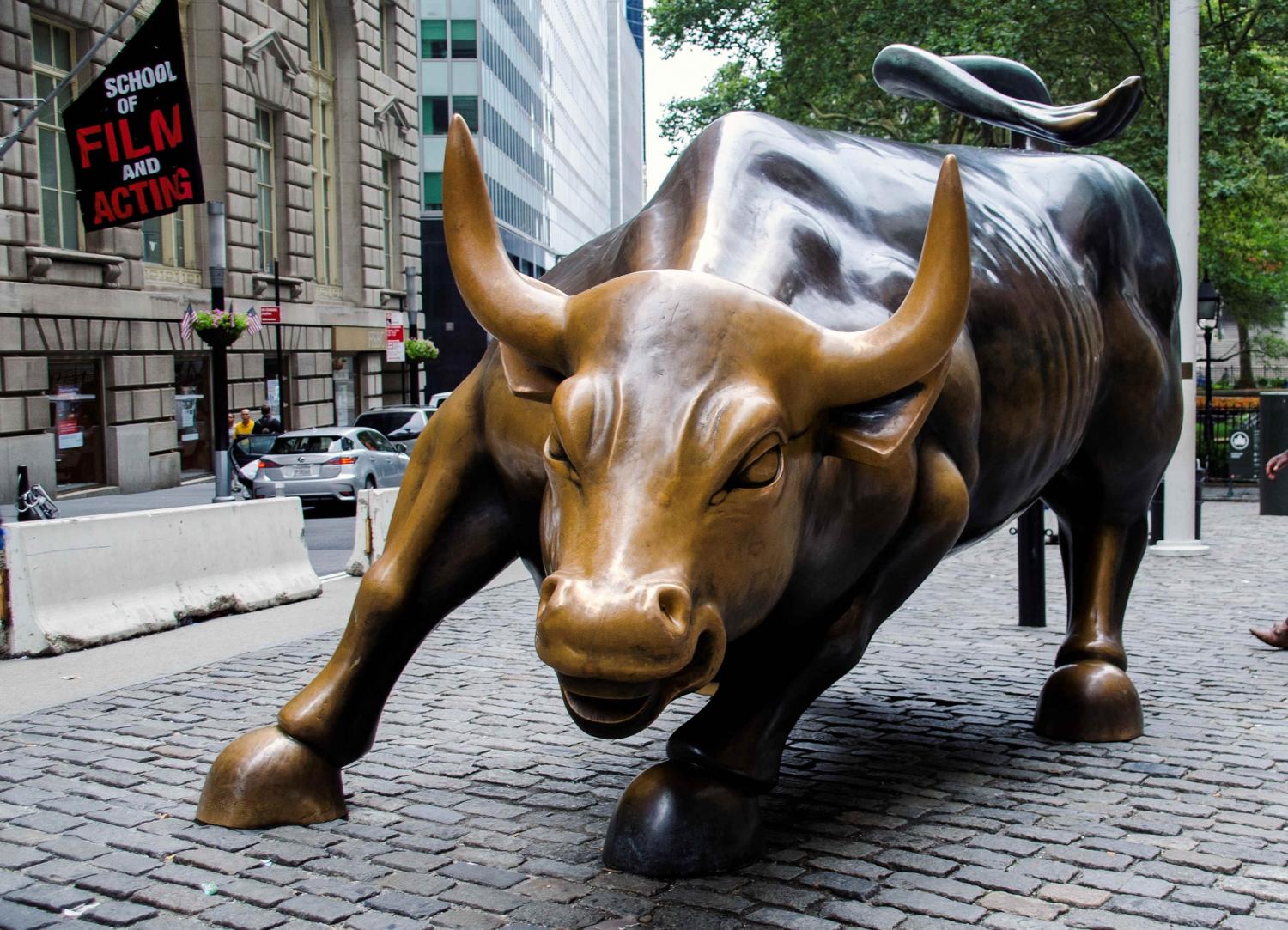
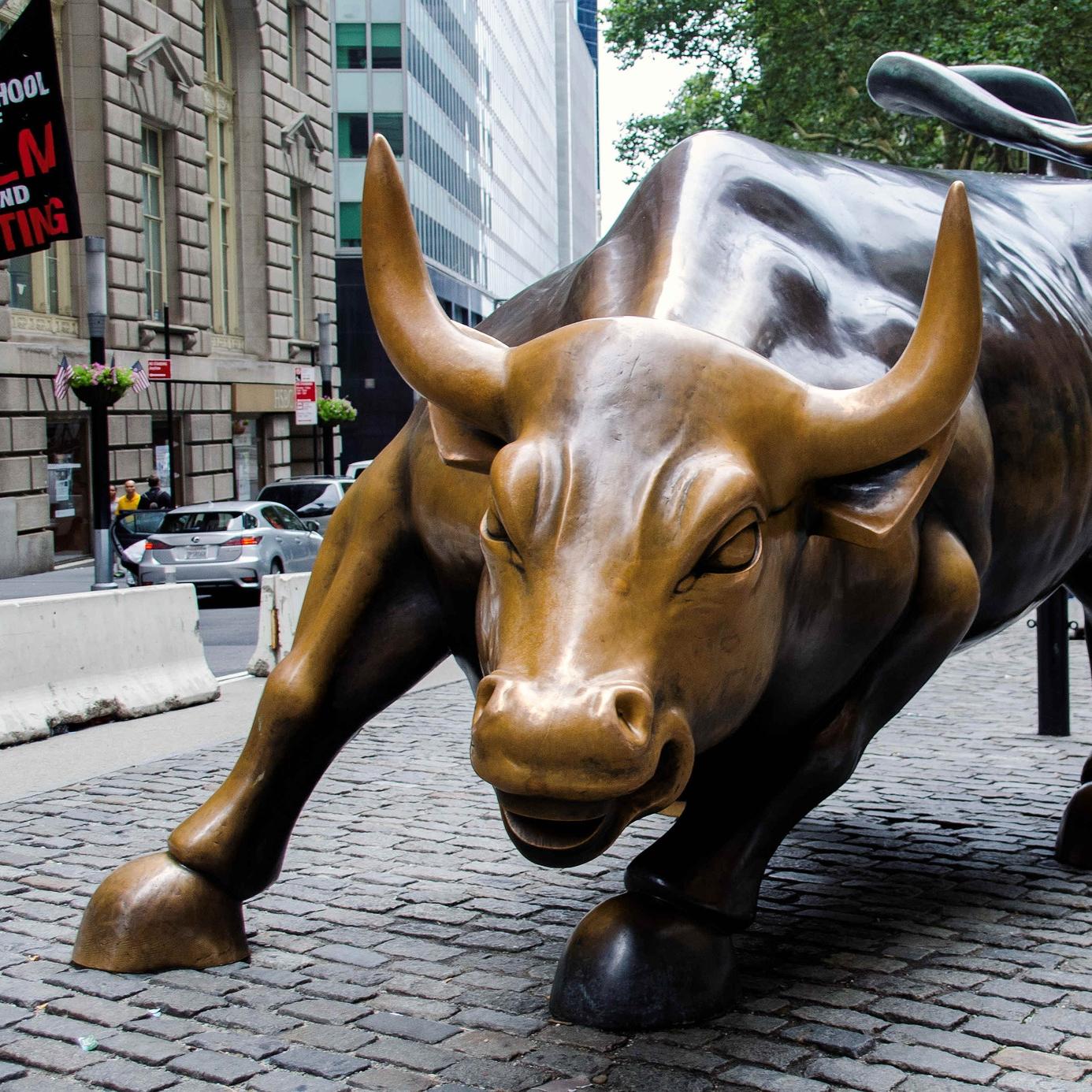
In its annual letter to boards sent yesterday, State Street Global Advisors, the $3 trillion-plus investment arm of State Street, redefined what it considers “shareholder value.”
The letter is signed by Cyrus Taraporevala, CEO and president of the Boston-based investing giant. With it, he includes a suggested environmental, social and governance (ESG) oversight framework designed for company directors who are still trying to get their heads wrapped around ESG and what it means.
As if Milton Friedman hasn’t been rolling around in his grave enough already, Taraporevala goes on to argue that shareholder value is increasingly driven by challenges such as climate change, labor practices and consumer product safety.
Responding to these challenges is "a matter of value, not values," he contends, adding: "We believe that addressing material ESG issues is good business practice and essential to a company's long-term financial performance."
State Street Global Advisors first called on boards to consider sustainability across the ESG spectrum back in 2017 and has since engaged with a number of companies around ESG issues. The world's third largest asset manager also made its mark on the financial sector with efforts like the Fearless Girl campaign, which sought to increase the number of women on corporate boards.
Still, there’s plenty of work to be done. Less than 25 percent of the companies evaluated by the firm have genuinely "identified, incorporated and disclosed" material ESG issues within their overall strategies.
But the asset manager isn’t only wagging its finger and scolding — Taraporevala says it's willing to work with clients on these challenges. To that end, it launched what it calls the R-Factor tool, a risk scoring system that measures how companies are performing based on financially material as well as industry-specific ESG issues. The tool generates ESG scores for more than 6,000 listed companies globally, which State Street Global Advisors uses to help clients understand their portfolio risk exposure. Beginning this year, the asset manager will also use its proxy voting power to take action against companies with low ESG scores.
“Ultimately, we have a fiduciary responsibility to our clients to maximize the probability of attractive long-term returns — and will never hesitate to use our voice and vote to deliver better performance for them,” Taraporevala asserted. “This is why we are so focused on financially material ESG issues.”
From today’s Brands Taking Stands newsletter. Be sure to subscribe!
Image credit: Pixabay
Amazon Workers Assert Free Speech Rights in Push For Climate Action
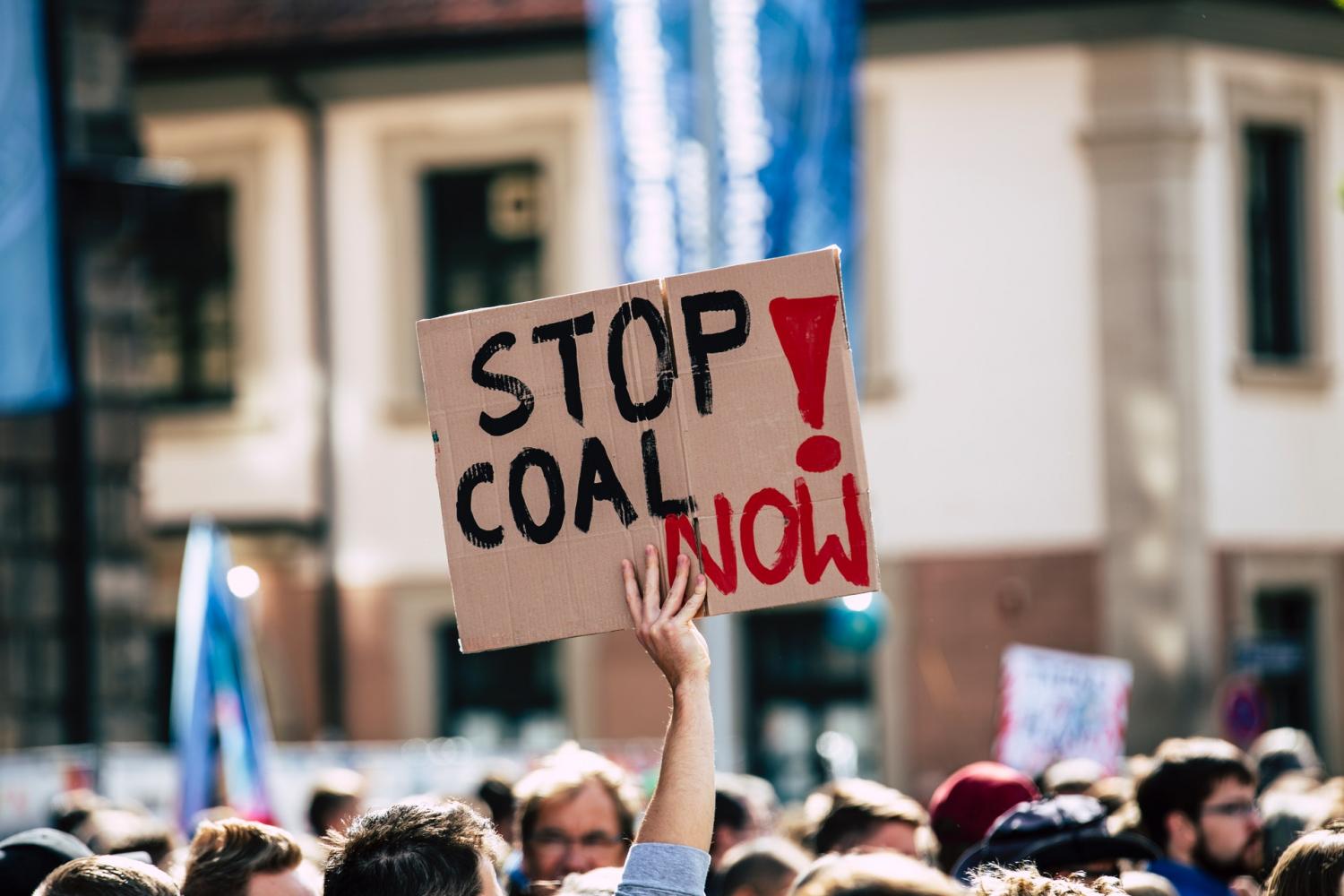

The U.S. Constitution guarantees citizens the right to speak out without government interference, but corporations are under no such obligation. Nevertheless, the corporate social responsibility (CSR) movement has blurred the line between public and private rights. The most recent test of those ethical boundaries is playing out this week, as Amazon employees engage in a renewed push for worker speech rights over the issue of climate action.
The new round of pressure comes at an especially awkward time for Amazon, as other leading corporations have begun to announce more aggressive climate action policies.
New climate action math: 1+1 = hundreds
The issue of worker speech rights at Amazon has been bubbling up to the surface since last year, when a group of employees concerned about climate change organized themselves under the name Amazon Employees for Climate Justice.
The group quickly gained traction. Last April, thousands of Amazon employees signed on to a letter asking Amazon to develop a more aggressive stand on climate action. In September, an estimated 3,000 workers walked out of the company’s Seattle headquarters in support of the global Climate Strike.
Things came to a head earlier this month as news surfaced that Amazon had threatened to terminate two employees for drawing attention to the company’s fossil fuel business.
The media blowback was swift and fierce. Despite the negative publicity, though, it appears that Amazon did little to reassure its employees on climate action and speech rights. Last weekend, hundreds of current and former Amazon tech workers took to the Internet in a coordinated effort supporting the right to speak out on climate action.
Free speech on climate action as a corporate responsibility issue
To reiterate, the Constitution does not protect speech in the private sphere. Nevertheless, businesses can easily step into a media firestorm over free speech issues, as the Amazon case demonstrates.
The Amazon Employees For Climate Justice brought renewed attention to Amazon’s speech policy through a media blitz that included the release of a YouTube video on January 26, as well as a press release shared on Google Drive and on Medium.com.
The new media push features public statements by 357 current and former Amazon tech workers, in protest of the updated speech policy that Amazon issued last fall after the Global Climate Strike. The new policy reminds workers that they could be fired for commenting on company business without prior approval.
As a group, the employee statements conflate worker speech rights with rights guaranteed under the Constitution. However, in the context of corporate ethics that can be a distinction without a difference. Their argument for climate action is based on moral grounds, and the moral argument relates directly to the corporate social responsibility movement.
The moral argument makes it difficult, if not impossible, for Amazon to push back aggressively without undercutting other aspects of the company’s social responsibility efforts.
“The climate crisis is just that urgent. We just couldn't be silenced by these policies on issues of such moral weight,” explained Victoria Liang, a software development engineer, in her public statement.
Employees also raised the issue of corporate culture, another aspect that relates directly to the corporate social responsibility movement.
“I’m proud to work at Amazon, but policies that silence employees who are challenging us to do better runs counter to our own leadership principles. When there is an issue of such importance, we have to be able to talk about it,” said Nolan Woodle, an associate contracts manager at Amazon.
The climate action race is on
The new round of employee activism comes at a time when Amazon is falling far behind the climate action curve.
Microsoft, for example, has just announced a plan to go beyond carbon offsets and achieve carbon-negative status, with the goal of removing all of its carbon emissions dating back the company’s founding in 1975.
Another important development occurred last week, when the top Italian insurance firm Generali joined 17 other leading asset managers in the United Nations Net-Zero Asset Owner Alliance. Alliance members have pledged a 2050 goal for fossil fuel divestment, and the group has already taken steps to guide their portfolio companies into transitioning into renewable energy as quickly as possible.
Earlier this month, the leading firm BlackRock also announced that it will take a more aggressive stand on climate action. The company has talked the climate talk in the past, but this time it has lent more credence to its intentions by joining the green investor group Climate Action 100+.
Next steps for employee action on climate action
None of this has escaped the attention of employee activists at Amazon. In the new push for publicity, they credit employee activism with forcing Amazon to shift its policy on climate change last year. Now they urge the company to take a more aggressive stand.
Interestingly, Microsoft has also been singled out for its fossil fuel support services, and Microsoft employees were among those publicly joining the Global Climate Strike.
However, Microsoft has yet to experience the same degree of negative publicity over the issue. Perhaps it never will, now that it has acknowledged both its past and present role in climate change and has charted an aggressive course for transitioning to a more sustainable course future.
Amazon could take a page out of the Microsoft playbook by responding to employee demands. However, that’s going to be a tough row to hoe.
The company recently issued new sourcing policies under its sustainability guidelines, but policing those guidelines in a meaningful way across millions of sellers in the Amazon marketplace is a daunting task.
In addition, Amazon’s retail business model promotes a consumer culture of instant gratification, creating a ripple effect on carbon emissions in the transportation sector among other impacts.
That’s a clear contrast with the low carbon, circular economy model, which places behavior change and consumer responsibility in key roles.
With hundreds of employees now publicly challenging Amazon on their right to advocate for climate action, the company appears to be boxed into a corner, and it will be interesting to see how it can solve this dilemma.
Image credit: Pexels
New Coalition Pushes Electric Vehicle Revolution Beyond California
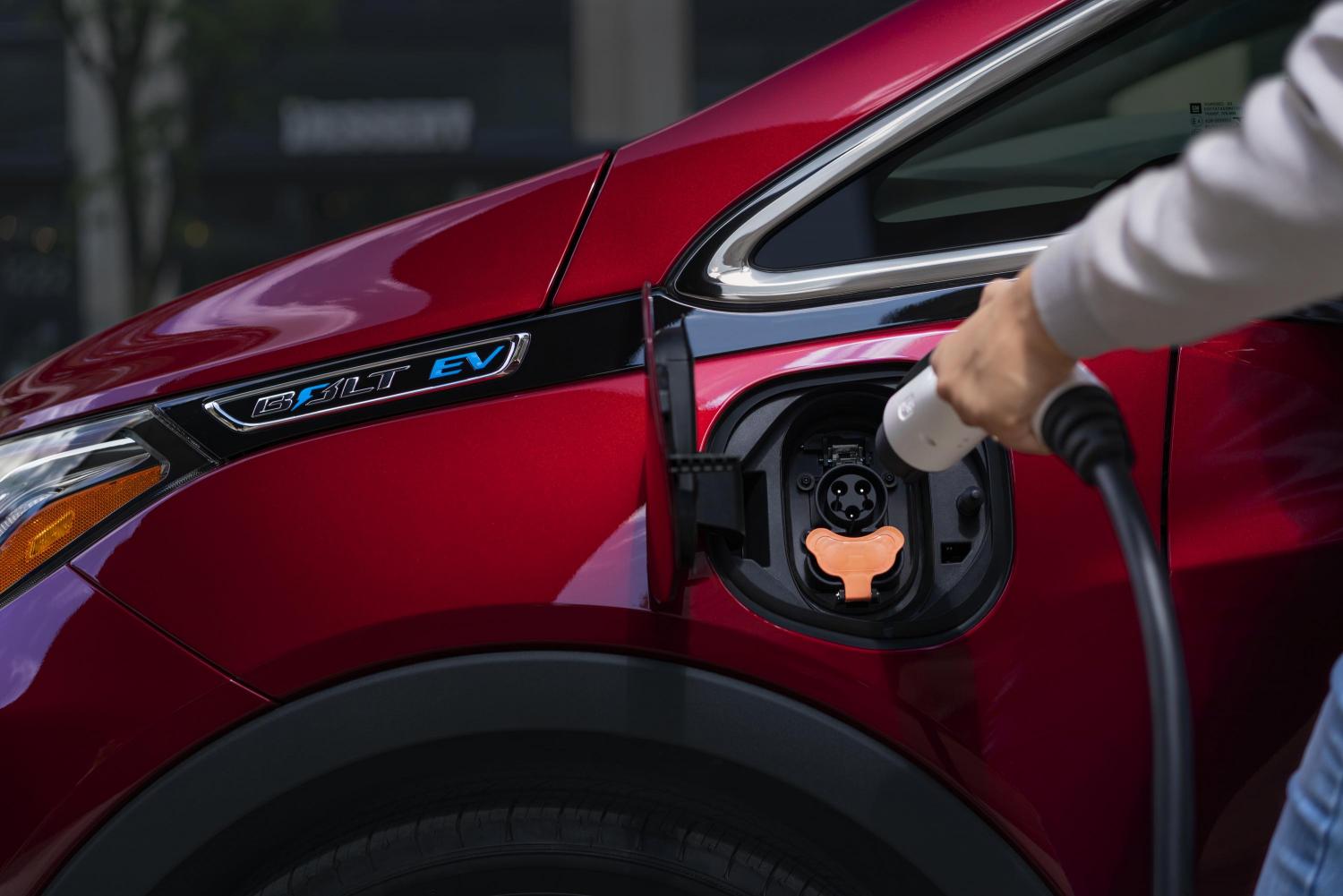
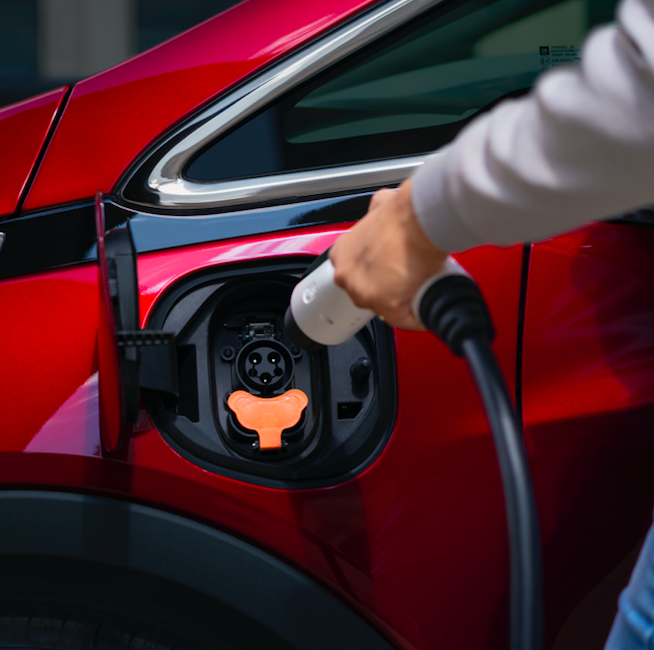
The Corporate Electric Vehicle Alliance (CEVA) launched under the auspices of the green investor organization Ceres last week, with the stated aim of accelerating the electric vehicle revolution via fleet vehicles across the U.S. The move is significant because it demonstrates that corporate demand for electric vehicles (EVs) can still move the market on a national basis, despite conflicting policy signals from the U.S. federal government.
A 50-state drive for electric vehicles
Federal policymakers have been pushing back on the electric vehicles trend on two different fronts. One is the Department of Justice, which is challenging California’s longstanding leadership role in regulating auto emissions. The other is the U.S. Environmental Protection Agency, which has proposed dialing down fuel efficiency and pollution standards.
The new CEVA coalition appears designed to work around these policy changes by appealing directly to fleet buyers, starting with its own members.
Among fleeting-buying members of CEVA is Amazon, which has been coming under increased pressure from its own employees to take a more aggressive stand on climate action. Its affiliation with CEVA may indicate a more proactive stance on climate action in the coming years.
Other corporate fleet owners in the coalition have also become familiar names in the clean energy field and are now extending that interest to the transportation sector, including AT&T, Clif Bar, IKEA North America and DHL.
As electric utilities have a direct bottom-line interest in encouraging electric vehicle sales, CEVA also lists energy and technology stakeholders among its founding members, including Consumers Energy, Direct Energy, Genentech, LeasePlan, Lime and Siemens.
The number of fleet owners involved in the collaboration is relatively small so far, but together they account for a substantial number of vehicles. Together, they could help accelerate fleet electrification across the private sector by fostering economies of scale that lower costs for all buyers, including small and medium-sized businesses.
An electric vehicle revolution could move from fleets to individual car buyers
The impact of fleet electrification will all but inevitably ripple out to the market for personal cars.
According to Ceres, in the U.S. more than half of vehicles on the road today are under the business umbrella.
The question is whether or not businesses can be motivated to invest in electric vehicles. On that topic, Ceres considers the science settled.
Ceres makes a strong case for electric vehicles, citing lower fuel and maintenance costs, security from unpredictable fuel price spikes, and improved driver safety.
In addition, Ceres notes that electric vehicles can exercise a strong impact on the bottom line indirectly, by enhancing brand reputation and aiding in employee recruitment and retention.
Mixed signals on electric vehicles
CEVA is organized with two overlapping goals in mind. One is to motivate auto manufacturers to accelerate their investment in electric vehicles. The other is to work with state and federal policy makers in support of electric vehicle manufacturing.
Though federal policy is in flux, the attention to state-based policy already shows clear signs of a substantial payoff.
Just days after CEVA launched, GM announced a new $2.2 billion investment in electric vehicle manufacturing in Michigan, with an additional $800 million related to supply chain enhancements.
In a press release on January 27, GM president Mark Reuss credited Michigan policy makers with shepherding the new initiative.
“The support from the state of Michigan was a key element in making this investment possible,” he said, adding that “this investment helps ensure that Michigan will remain at the epicenter of the global automotive industry as we continue our journey to an electrified future.”
The move follows earlier GM investments in electrification in recent months, including a new energy storage laboratory and a new EV battery plant in partnership with the company LG Chem.
Selective hearing on electric vehicle signals
The new GM announcement also indicates that auto manufacturers may be paying more attention to policy signals coming from the U.S. Department of Energy than other branches of the administration.
While the U.S. Environmental Protection Agency has been aggressively rolling back a long list of pollution standards, the Energy Department has continued to pursue clean technology at a rapid pace all throughout the current administration.
The GM announcement follows a series of major new funding initiatives launched by the Energy Department in January, aimed at improving EV batteries, increasing the efficiency of electric drive trains, pushing down costs, extending the EV charging network and integrating more electrification options into the transit sector.
Also of interest is a new round of funding for the agency’s H2@Scale initiative for hydrogen fuel. Though natural gas is currently the main source of hydrogen, the Energy Department has been pivoting to a focus on scaling up the production of renewable hydrogen for fuel cell EVs among other uses. That includes hydrogen fuel cell forklifts as well as trucks and delivery vans, an area of focus for Amazon among other CEVA members.
It looks like CEVA is off to a quick start. Regardless of whether or not California is able to maintain its leaderships role, all indications are that the electric vehicle market is poised for rapid acceleration.
Momentum Builds for Fossil Fuel Divestment, But Is 2050 Too Late?
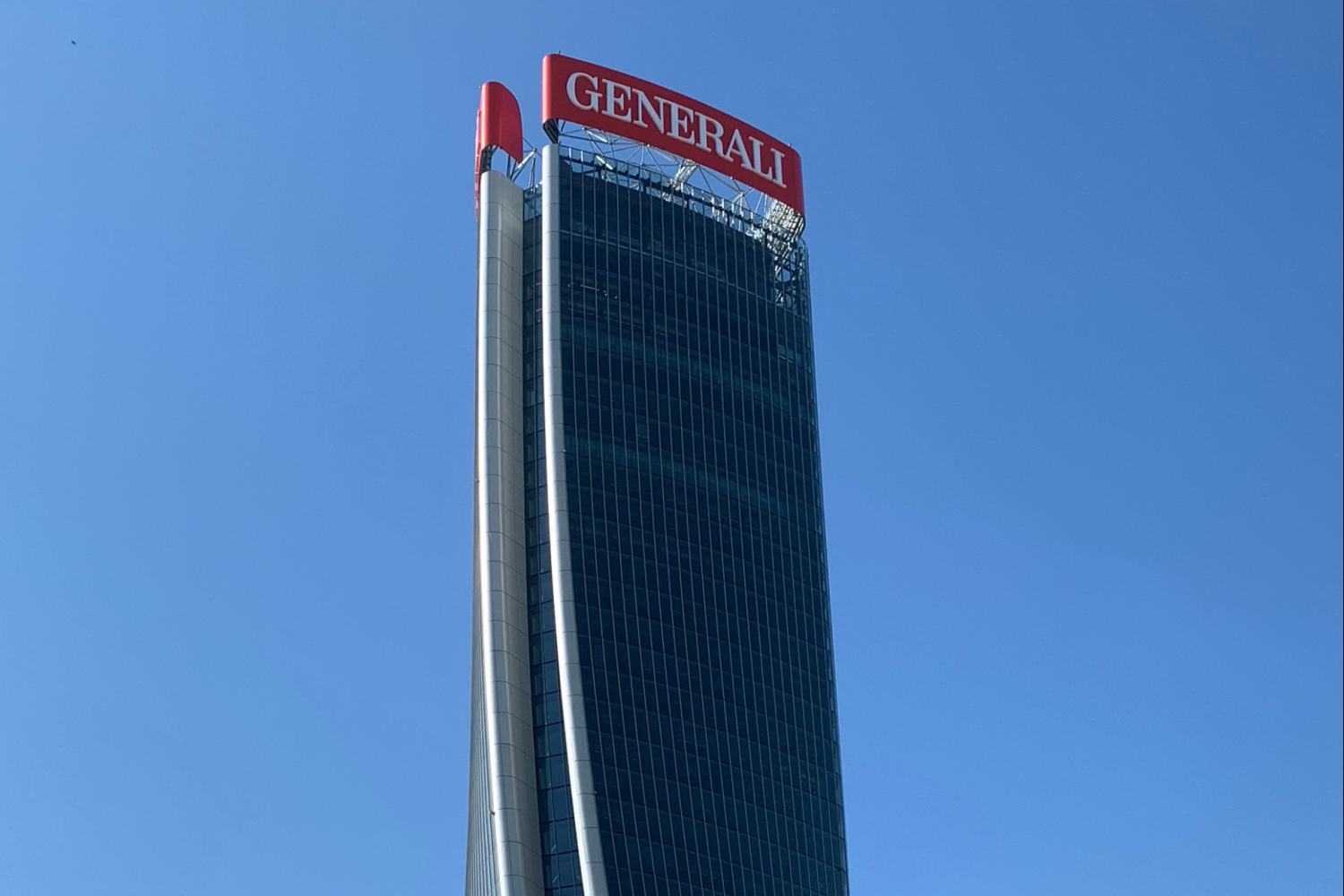
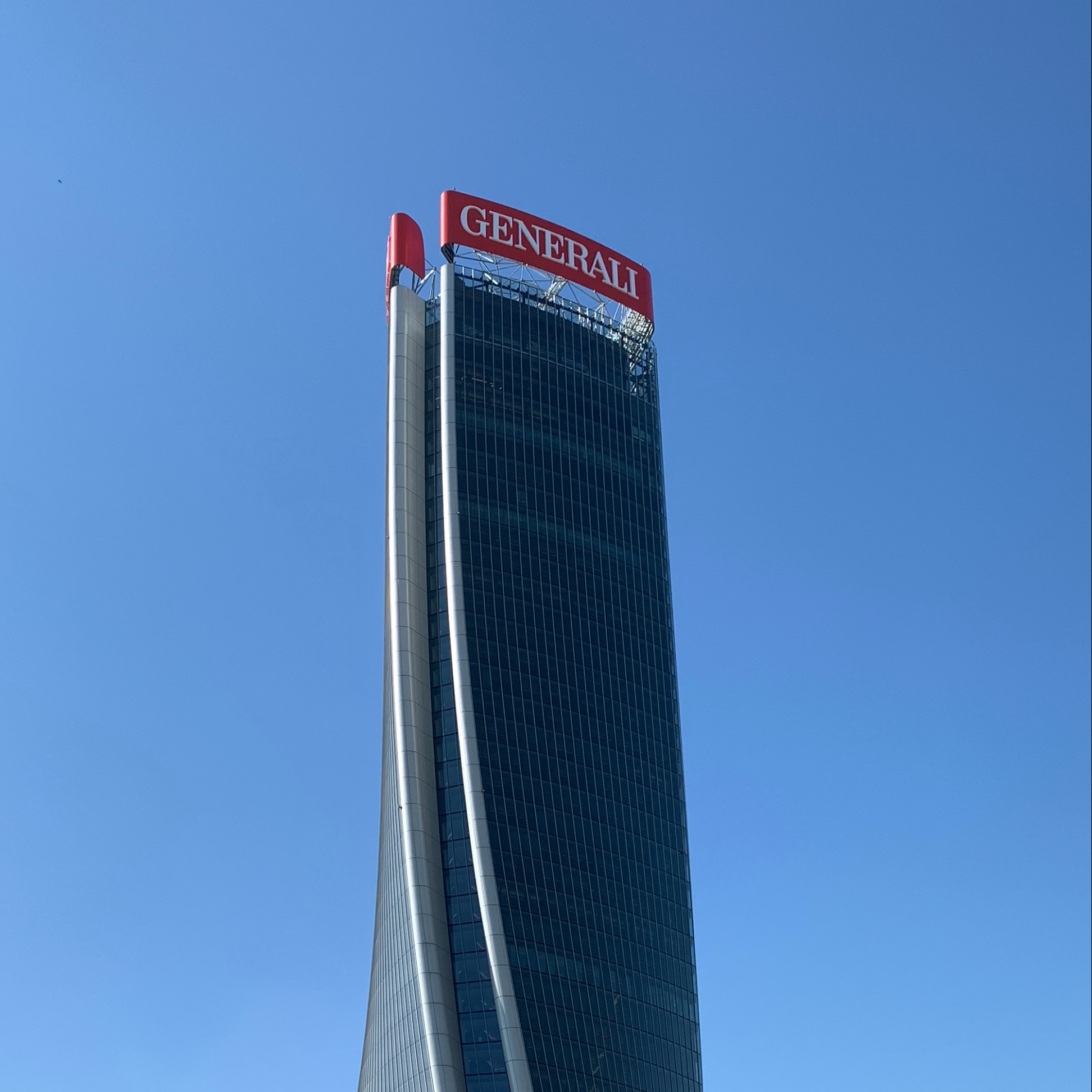
As expected, leading corporations leveraged last week’s 2020 World Economic Forum in Davos to announce ambitious new climate action initiatives. So far, though, little has been done to stem the flow of oil, gas, and coal into the global economy. That could be about to change, as the world’s leading pension funds begin the process of divesting their fossil fuel holdings.
More financial firepower aimed at fossil fuel divestment
For now, the overall fossil divestment strategy is coalescing around a deadline of 2050.
Last Thursday, for example, the Church of England and the Italian insurance group Generali announced a commitment to decarbonize their investments by 2050, with the Church of England commitment applying to all three of its national investment arms: the Church Commissioners for England, the Church of England Pensions Board and the CBF Church of England Funds.
The new commitments enroll Generali and the Church of England in the United Nations Net-Zero Asset Owner Alliance, which has set a collective goal for fossil fuel divestment of 2050.
With the two new members added, the Alliance now consists of 18 members that collectively manage $4.3 trillion in assets.
The Alliance launched just last fall under the coordination of the Finance Initiative and Principles for Responsible Investment of the United Nations Environmental Program (UNEP). It is also supported by WWF.
The current roster includes the founding members Allianz, Caisse des Dépôts, La Caisse de dépôt et placement du Québec, Folksam Group, PensionDanmark, and SwissRe, along with additional founding members Alecta, AMF, CalPERS, Nordea Life and Pension, Storebrand and Zurich as founding members.
Along with Generali and the Church of England, other recent joiners are Aviva, AXA, CNP Assurances, and Fonds de Réserve pour les Retraites.
Why does fossil fuel divestment take so long?
The 2050 timeline for fossil fuel divestment may seem rather relaxed, considering the urgency of climate action.
However, the Alliance is not primarily focused on dropping fossil companies from its members’ portfolios. Under the Alliance plan, divestment is the stick that is meant to motivate all portfolio companies, not just fossil fuel stakeholders, to transition into net zero models.
All else being equal, the Alliance members could arrive in 2050 with essentially the same asset portfolios, but those assets would be operating under net zero principles.
That may still be a somewhat modest goal. Some companies are already looking at net zero as a step toward a carbon-negative business model. Microsoft, for example, announced a carbon-negative plan last week, with the goal of wiping all of its carbon emissions off the books, going back to the company’s founding in 1975.
Picking fossil fuel divestment winners and losers
The Alliance net zero plan does not venture into carbon-negative company, but it will require a radical shift for fossil fuel producers.
That shift is all but inevitable. Over and above the recent spate of investor activism, recent bottom-line trends suggest that a business model based on increasing the production of fossil fuels is no longer sustainable.
ExxonMobil, for example, is seeing profits decline over last year, even though it has increased oil and gas production. Weakness in the refinery and chemical sectors has been blamed for the losses, despite the company’s strategy of ramping up its petrochemical business.
While ExxonMobil has also lagged behind the renewable energy transition, other fossil fuel stakeholders have already made serious moves into renewable energy and electrification technology, including electric vehicles and EV charging stations.
In one significant development last year, Royal Dutch Shell released a new set of scenarios under which a low carbon economy would be in place by 2070, with the help of policy shifts that require 100 percent renewables in the global electricity grid.
Fossil fuel divestment policy is the missing link
The Alliance does make government policy an important element in its strategy. However, to the extent that moving policy is a chicken-or-egg exercise, the organization appears to have determined that its members have the power to influence policy, rather than waiting for policy to come around.
During the Davos meetings, the Alliance put the finishing touches on its governance objectives for 2020. Those include enhancements in measurement and reporting, steering its portfolio companies toward science based net-zero targets in accord with the Paris Agreement on climate change, and working with policy makers to support net-zero goals.
To emphasize the message, last week at Davos the Alliance also held a private session with dozens of top executives.
The Alliance plans to follow up by exercising guidance — or pressure, as the case may be — through collaborations with other decarbonization initiatives for businesses. That includes the UN Global Compact Business Ambition for 1.5°C, the Investor Agenda, the Science Based Targets initiative, Climate Action 100+, and the WEF Mission Possible Platform, among others.
The bottom line on fossil fuel divestment
All of this could add up to swift action in the near term, as opposed to slow-walking toward the 2050 deadline.
“Asset owners…are committing to action—to transition their entire portfolios to net zero by 2050 with metrics, targets and regular reporting to hold themselves accountable,” explained Fiona Reynolds, CEO of the Principles for Responsible Investment.
The Davos event ended with government policy makers seemingly paralyzed on climate change, but over the next few years the fossil fuel divestment movement may help move the needle on corporate action.
That is all well and good, but governments are still not off the hook. Considering the need for urgent, coordinated action on a global scale, the real question now is whether or not the nations of the world can agree on a course of action that leads to global sustainability by 2030 and beyond.
Image credit: Plflcn/Wiki Commons
Yes, Corporations Can Ramp Up the Clean Energy Transition
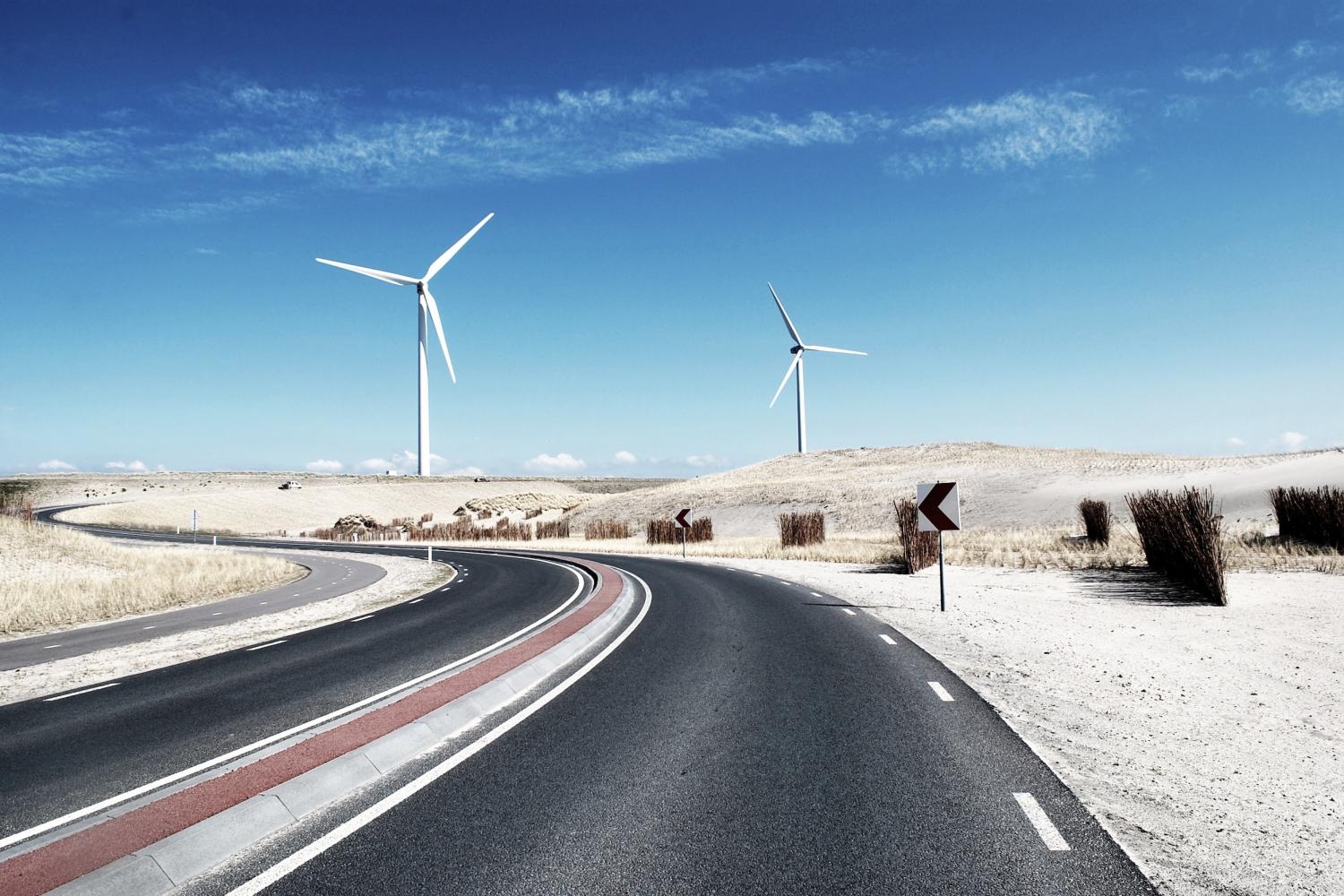
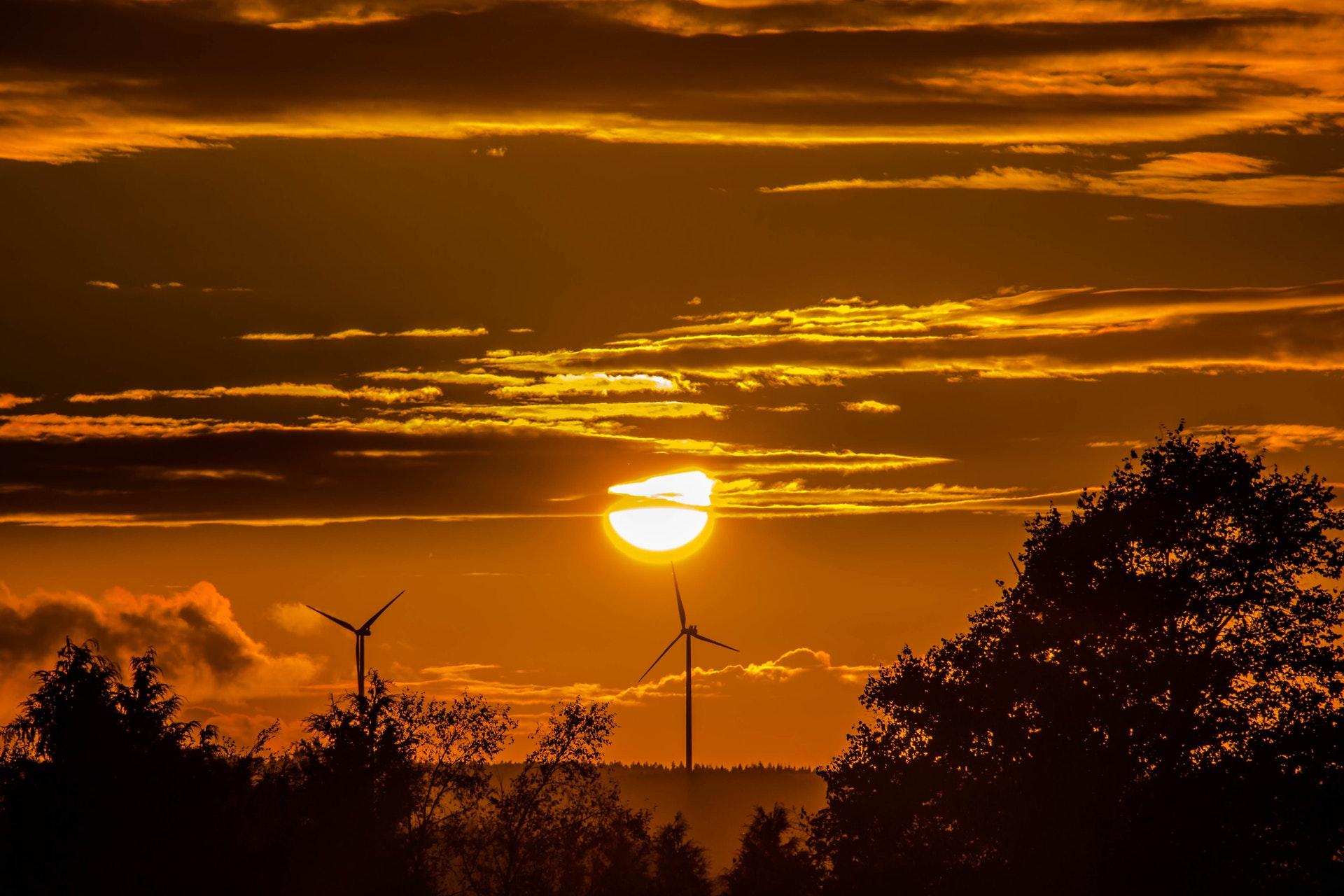
Government policymakers in the U.S. have dropped the ball on the climate crisis, but corporations have been stepping in to fill the gap. In the latest development, the research organization BloombergNEF (BNEF) reports that U.S. companies were the driving force behind a dramatic year-over-year increase in long-term power purchase agreements (PPAs) for clean energy globally.
Corporations achieve nation-level action on clean energy
If there are any remaining doubts about the ability of the private sector to push the global needle on a clean energy transition, the new BNEF report should lay that to rest.
One key factor is the emerging popularity of power purchase agreements, especially in the area of “virtual” power purchase agreements that take place outside of regulated, utility-based markets.
Until now, many companies have relied on purchasing carbon offsets and renewable energy credits to develop a more sustainable profile. In contrast, power purchase agreements have a more immediate and direct impact on the shovels-in-the-ground pace of clean energy development.
The BNEF report, titled “1H 2020 Corporate Energy Market Outlook,” brings the growing role of virtual power purchase agreements into sharp focus.
According to the report, more than 80 percent of power purchase agreements in the U.S. were signed under the virtual model.
Globally, the BNEF report totals 19.5 gigawatts in long-term, clean energy power purchase agreements for 2019, spread among more than 100 corporations in 23 countries.
Alone, this relatively small group of companies accounted for fully 10 percent of all renewable energy capacity added globally. The total of 19.5 gigawatts also represents a sharp 44 percent increase over 2018, when BNEF recorded 13.6 gigawatts in corporate PPAs.
The rapid upswing in interest is especially dramatic compared to 2017, when renewable energy contracts were in the single digits at approximately 6 gigawatts.
Corporate clean energy portfolios have already reached utility-scale proportions in some instances, and the 2019 activity trend puts them on track to reach nation-scale levels as well.
Since 2008, corporate clean energy purchases have totaled 50 gigawatts, a figure that surpasses the power generation fleets of Vietnam, Poland and similar markets.
In the clean power revolution, one person can make all the difference
The report also affirms that U.S. corporations can take meaningful action on the climate crisis, despite a lack of support from the White House.
According to BNEF, U.S. companies accounted for a full 13.6 gigawatts of clean energy purchases in 2019, surpassing the entire global total of the previous year.
In fact, the report underscores the key role that individual CEOs can play in the clean energy revolution by steering their companies to take aggressive action and seek opportunities for innovation.
In that regard, the report indicates that the 2019 growth rate may be just a taste of how rapidly the global clean energy transition could occur in the coming years.
Of the 2019 total, Google alone was responsible for a full 2.7 gigawatts in clean energy contracts, making it the single largest purchaser in the world. Google obtained more than two-thirds of its 2019 purchases last September in just one event, an innovative “reverse auction” process conducted live and in public.
If other companies adopt a similar model, the scale of clean power contracts in 2020 could skyrocket again.
Another recent innovation is the renewable energy aggregation model. Introduced last year for the first time by a group comprised of Bloomberg, Cox Enterprises, Gap Inc., Salesforce and Workday, the aggregation model enabled these smaller-scale energy purchasers to pool their consumption for a virtual power purchase agreement.
Yes, fossil companies can ‘heart’ clean power
Growing diversity among major clean power buyers could also emerge as a driving force.
The tech sector has long dominated clean power purchasing and that still held true in 2019, with Facebook, Amazon and Microsoft all following Google among the top four. However, solar power purchase contracts also attracted Occidental Petroleum, Chevron and Energy Transfer Partners in 2019.
Somewhat ironically, BNEF credits ExxonMobil with running ahead of the curve for clean energy purchases by fossil fuel stakeholders. In 2018, the company signed two power purchase agreements for a total of 575 megawatts.
Who is driving the clean energy transition?
Aside from direct bottom-line considerations, the BNEF report also credits shareholder pressure with nudging corporations to ramp up their sustainability commitments.
Shareholder pressure is a significant factor because it is based on advocacy for transparency. In that regard, shareholder pressure helps drive the interest in adopting science-based emissions targets that deploy data-driven information rather than relying on feel-good projects.
Meeting science-based targets necessarily requires action on clean energy, and the number of companies under that umbrella more than doubled in 2019 to reach a total of almost 400, BNEF found.
Shareholder pressure could also be one of the forces behind a sharp increase in the level of interest in the RE100 organization. In 2019, RE100 attracted 63 more companies to a pledge of 100 percent renewable energy for electricity, bringing the total number of companies to 221.
As a further demonstration of the impact of power purchase agreements, BNEF also calculates that the RE100 companies could be instrumental in launching another 105 gigawatts of new solar and wind development globally by 2030, if they meet their RE100 obligations through power purchase agreements.
The usual caveat applies: There is no substitute for aggressive government action in the context of a global environmental crisis. Nevertheless, as more companies take action, the decarbonization trend will keep moving forward, and the pressure on policymakers is bound to increase.
Image credit: Andrea Boldizsar/Unsplash and Pixabay